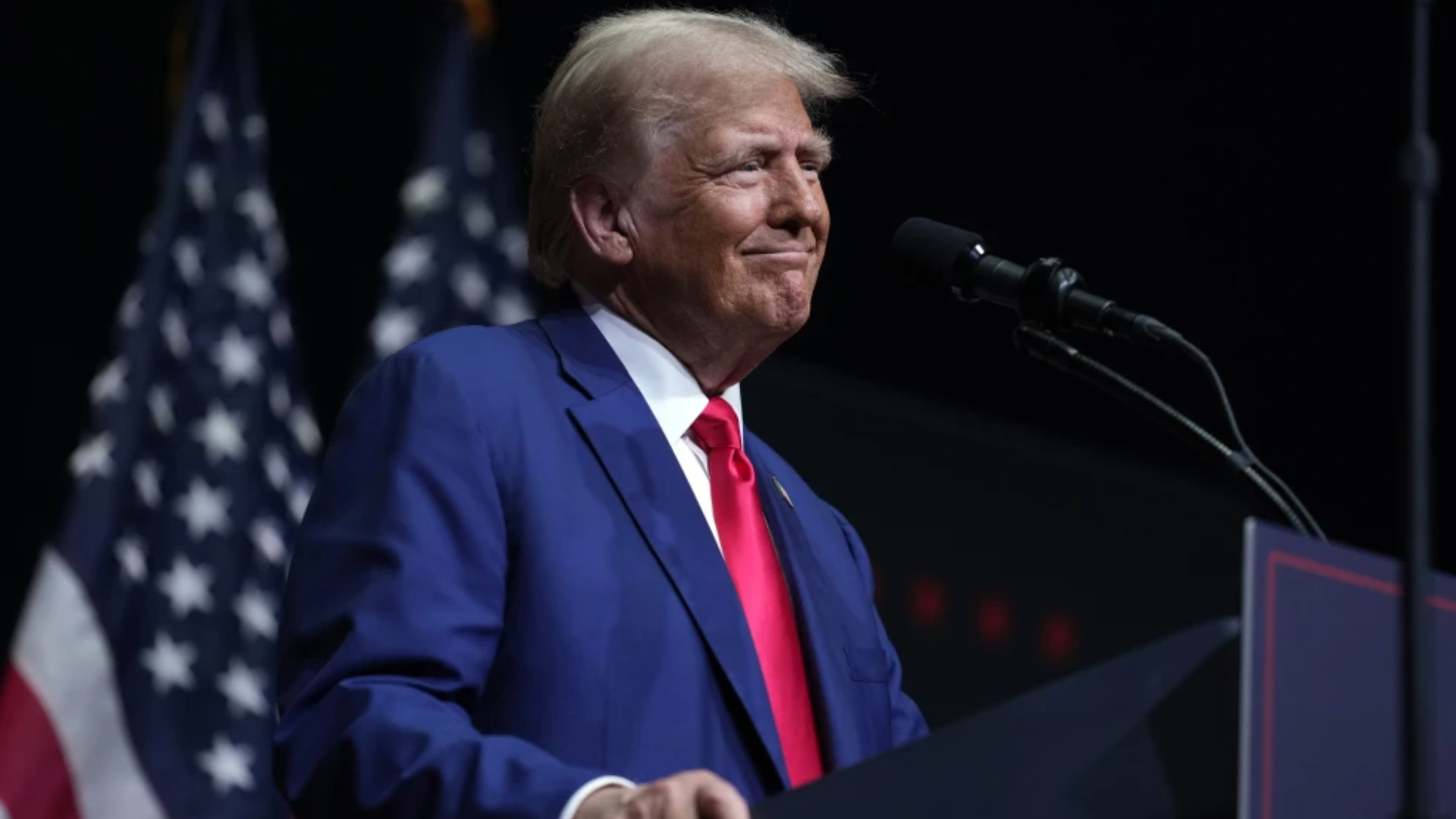(CNN) — Donald Trump is vowing to drastically cut income taxes for millions of Americans across the wealth spectrum while casting aside loopholes popular on Wall Street.
“It will provide major tax relief for middle income and for most other Americans. There will be a major tax reduction,” Trump said Monday at a press conference at Trump Tower in New York as he unveiled his plan to revamp the tax code. “It’ll simplify the tax code, it’ll grow the American economy at a level that it hasn’t seen for decades.”
The highly anticipated tax plan comes as Trump is being pressed to provide more details about how his administration would govern.
One of the biggest beneficiaries appears to be families that draw the smallest paychecks, who Trump said would pay no income taxes under his plan. However, the proposal would also be a boon for the wealthiest Americans like Trump — the top bracket includes couples making more than $300,000 — who would pay an income tax rate of 25%, according to the Wall Street Journal. That’s a drastic cut from the current top rate of close to 40 percent.
The tax cuts for top earners could open Trump up to charges of hypocrisy. The real estate magnate has surged to the top of the polls by touting a populist tone, lamenting that wealthy people like himself should pay more.
But the most pressing question that Trump must answer is how he would raise enough revenue to offset his plan’s drastic tax cuts.
The candidate says he would make up for the difference in a number of ways: killing certain deductions for the rich and creating incentives for U.S. companies to bring back cash currently held overseas, thereby boosting growth at home.
Trump’s tax plan broadly mirrors that of one of his main rivals: Jeb Bush.
Bush’s proposal released this month also reduces the number of income tax brackets — to three from the current seven. The highest tax bracket under the former Florida governor’s plan is 28%, and the lowest is 10%. Bush also proposed lowering the corporate tax rate, from 35% to 20% — another popular idea among conservatives.
Like Bush, one loophole Trump would target is the preferential treatment for carried interest, which is a share of profits paid to investment managers.
Since launching his White House campaign in June, Trump has made sweeping attacks on hedge fund managers who are paid in carried interest.
Trump, who claims that his personal assets are valued at more than $10 billion, frequently makes the distinction between investors who work in real estate and those on Wall Street. Hedge fund managers, he often says, fall in the category of special interests backing some of his well-connected and best-funded rivals.
“I know them. They all are supporting Jeb Bush and Hillary Clinton,” Trump told CNN at a campaign stop in Nashville, Tennessee, last month. “They make a lot of money and a lot of it is luck. They pick a stock and all of a sudden they make a lot of money. I want the hedge fund guys to pay more taxes.”
The tax rate of hedge fund managers is a favorite political target for the 2016 presidential candidates.
“We will treat all noninvestment income the same, so unless you stake capital in an investment, you won’t be able to claim the capital-gains tax rate on your market gains,” Bush’s tax proposal said.
It’s also popular rallying cry for the Democratic candidates.
Former Secretary of Hillary Clinton has been hitting Wall Street tax breaks since the first days of her campaign, as she’s faced pressure from progressive Democrats to embrace a more populist agenda. Antagonism towards Wall Street is a central message of Clinton’s rivals like Vermont Sen. Bernie Sanders and former Maryland Gov. Martin O’Malley.
The-CNN-Wire ™ & © 2015 Cable News Network, Inc., a Time Warner Company. All rights reserved. (PHOTO: Wikipedia)






















